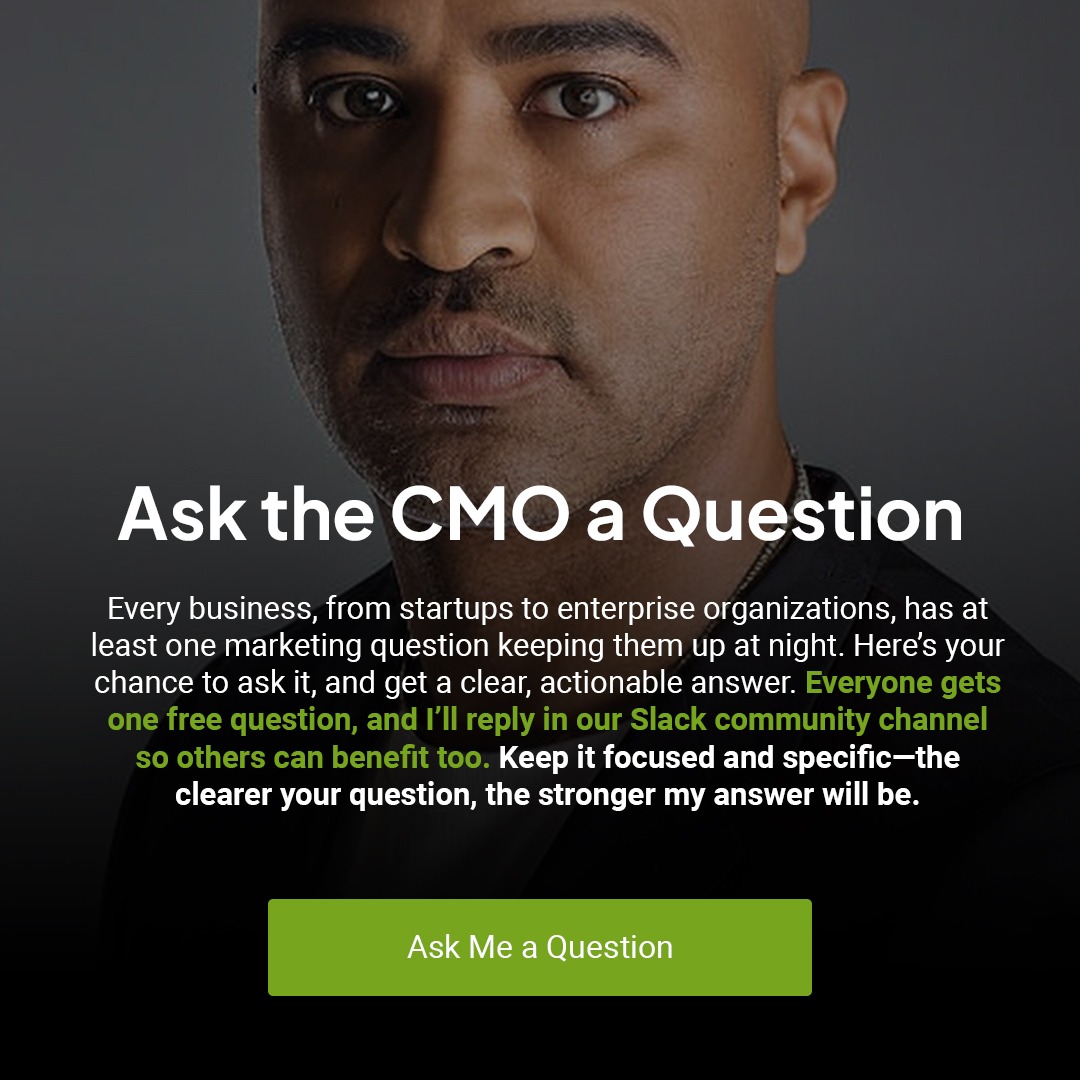The days when executives could say, “I’m not a tech person,” are over. Technology is no longer just a department—it’s embedded in nearly every function, every decision, and every scalable system in your business.
Whether it’s product development, customer service automation, or marketing analytics, today’s leaders must understand how technology works—not necessarily to build it, but to direct, budget for, and integrate it effectively.
You don’t need to code. But you do need to understand the language of systems, APIs, scalability, and risk. This article breaks down what tech fluency means, why it’s non-negotiable, and how you can develop it without a technical background.
What Is Tech Fluency—And What It Isn’t
Tech fluency isn’t about writing Python scripts or managing servers. It’s the ability to understand and contextualize how technology is built and deployed across your business. That means understanding how platforms integrate, what systems can or cannot do, how to assess risk, and when to challenge assumptions.
This kind of fluency allows you to:
- Understand how systems and platforms connect. Without this context, you can’t assess cost, compatibility, or resource implications.
- Distinguish between what’s technically feasible and what’s prohibitively complex. Not every good idea is simple to implement, and some are deceptively hard.
- Ask better questions of technical stakeholders. Instead of defaulting to “Can we do this?”, you start asking, “What would it take to do this well?”
- Evaluate digital risk. Without basic fluency, decisions made for speed or simplicity today can lead to technical debt tomorrow.
- Lead cross-functional teams. Product, marketing, engineering, and sales must collaborate—and it’s your job to keep everyone aligned.
Why It Matters More Than Ever
In a world where every business is now partially digital, tech fluency is a leadership multiplier. Here’s why:
Technology has become the strategy. Competitive advantages today are powered by how well companies collect, interpret, and act on data. Whether it’s AI personalization, CRM automation, or low-code workflow builders, your strategy lives inside the stack.
Decisions move faster. Weekly sprints, rapid product iterations, and live campaign optimization mean that executives can no longer wait for translated summaries from product managers. Fluency accelerates clarity.
AI isn’t on the horizon—it’s here. Understanding where automation belongs (and where it doesn’t) is now a leadership responsibility. If you want a primer on AI’s evolving role in strategy, read From Automation to Ideation.
Tech debt is your problem too. If you don’t understand the long-term costs of rushed decisions or duct-taped platforms, you’ll sign off on strategies that crumble at scale.
What Tech-Fluent Leaders Actually Do
Tech-savvy leaders lead with clarity and ask more effective questions. They don’t simply defer to technical teams—they engage with them.
They translate business problems into product challenges. A good leader can frame a business goal, like reducing churn, in terms of customer behavior, feature functionality, and measurable system updates.
They understand tradeoffs. Tech decisions always involve balancing speed, cost, scalability, and user experience. Fluency means you can weigh those decisions, not just approve them blindly.
They think in systems. Instead of looking at outputs, they consider how tools, people, and platforms interact—and what dependencies exist between them.
They build bridges. Instead of letting engineering, marketing, and product work in silos, they foster collaboration with shared language, aligned metrics, and mutual respect.
You Don’t Need a Degree—Just Curiosity
You don’t need to become technical to lead technically. You need to be curious, proximate, and structured in your learning.
Start by shadowing your product and engineering teams. Sit in sprint reviews. Watch demos. Gain insight into how decisions are made and how progress is tracked.
Learn to read technical artifacts—not write them. You don’t need to architect an API, but you should understand how one works. Ask your team to explain data flows, security tradeoffs, and integration pathways.
Ask smarter questions. Don’t ask, “Can we do this?” Ask, “What would it take to do this responsibly? What are the downstream implications? What risks are we accepting?”
Own the stack indirectly. You don’t have to configure tools, but you do need to know what you’re paying for, where friction lives, and what systems don’t talk to each other. If you can’t explain the tech you’ve approved, you’re leading blind.
Finally, follow builders, not buzzwords. Skip the hype and listen to engineers and PMs who explain how things work, not just what’s trending.
Stronger Leadership, Better Outcomes
Tech-fluent leaders:
- Make smarter bets. They can differentiate a scalable idea from a quick win that won’t last.
- Allocate resources more efficiently. They understand where to invest in infrastructure versus features.
- Earn credibility with product and engineering. Teams respect leaders who speak their language—or at least understand the dialect.
- Spot risks before they’re emergencies. Fluency gives you foresight.
- Drive innovation without micro-managing implementation. You’ll know what’s possible, so you can push boundaries without overstepping.
Conclusion: Build Your Fluency Before You Need It
You don’t need to be a technical expert. But you can’t be ignorant. The future belongs to leaders who can see through the fog of complexity—and still lead clearly. Tech fluency is a leadership necessity, not a technical bonus. Start learning now.
Keep Reading
Want more? Here are some other blog posts you might be interested in.
Most B2B “lead problems” are not lead problems. They are “we never got them to a meeting” problems. The ad did its ...
Your customers expect to be tricked (unfortunately). They have seen bait pricing. They have fought to cancel. They have waited on ...
Confusing a launch plan with a GTM strategy is one of the fastest ways to stall growth. A launch plan gets ...
For founders and growing companies
Get all the tips, stories and resources you didn’t know you needed – straight to your email!




